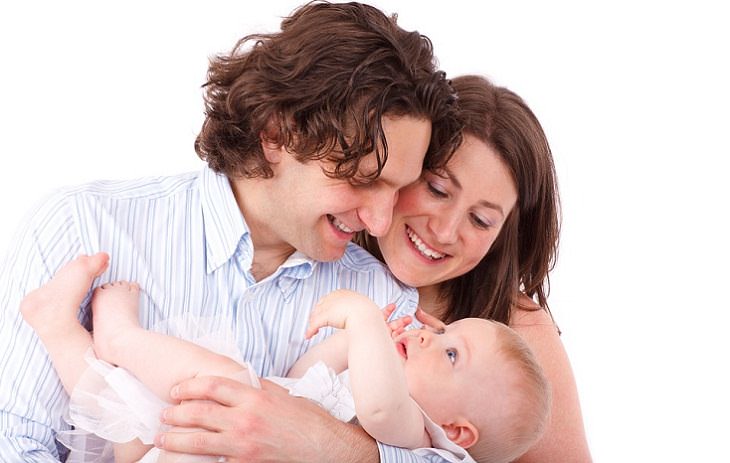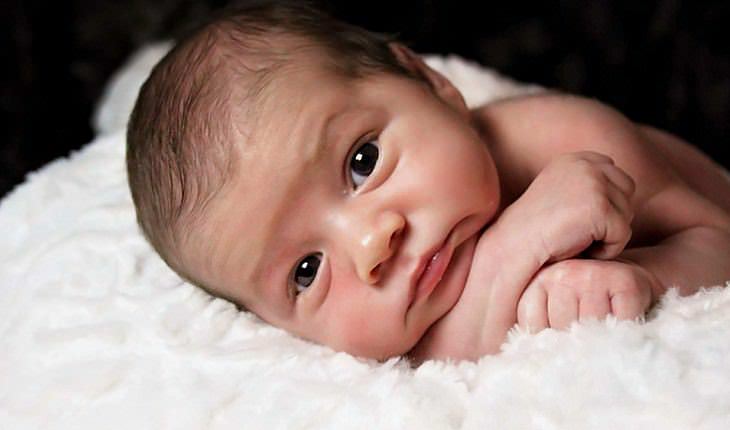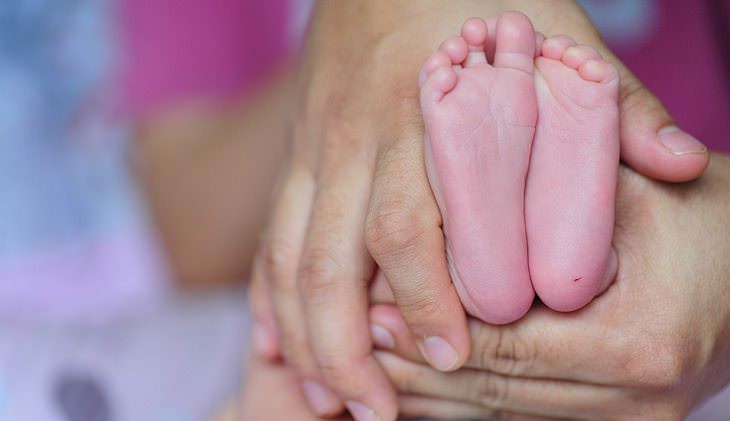
In the first weeks and months of your baby's life, when he or she still spends most of his or her time eating and sleeping, you may feel that there isn’t much you can do to add fun to this sometimes-boring routine and contribute to their development. To change this routine and create interest and fun for both your baby and you, here are 13 activities that are tailored to babies and help them develop a foundation for the essential skills they will use in the future.

Babies love kicking with their little feet and moving them in all directions. To take advantage of this, place your baby on an activity mat (or a thick blanket or mattress) face up, put a soft pillow near their feet and when baby touches the pillow and feels it he/she will be intrigued and want to kick it and touch it again. With all your encouragement to continue the activity, again and again, they will understand that this is a game and will continue to play. This activity will develop in your baby the connection between visual sense and physical response.
This game is especially good when your baby begins to develop their ability to concentrate. Dim the lights in the room you're playing in, lay baby on his/her back and turn on a flashlight. Slowly move the flashlight so that its light "walks" around the room. It won’t be long before you notice your baby starts to follow the light of the flashlight. This game will help them develop the ability to follow visual demonstrations.

Place your baby on their activity mat and place a small ball near his/her feet. When your baby touches the ball and kicks it, he/she will be excited by the feeling and will want to do it again. With every move they make, encourage them by saying cheerily: "You moved the ball!" Thereby motivating him/her to continue. This activity will develop body awareness.
Hold your baby close to you and tell him/her a story. Pause every once in a while, and wait for a response, they might start babbling. When the baby finishes "chatting", it will be your turn to respond. As you talk to your baby, turn your head from side to side - note that they follow your head movements and listen to you at the same time. This kind of communication with your baby will not only open up the areas of language acquisition in their brain but will also develop their listening and concentration skills.

It's never too early to start reading to your baby. Take a book with big, clear pictures of animals and read it to your children. Point to each animal, say its name and mimic the voice it makes. For example, point to the cow and say "moo," point to the dog and say "ruff ruff," and continue to do so with the other animals. Reading is an excellent activity that exposes your baby to new things and develops their ability to connect sounds to visual images.
Place your baby on his/her back, gently massage their body and name each body part you touch. For example, take baby’s hands and say "hands" enthusiastically, touch their ears softly and say "ears". Continue with the rest of the body (legs, nose, stomach, fingers, etc.). This activity triggers baby's sense of touch and hearing and develops body awareness.
This activity will develop your child's ability to listen and hear. Take a string and tie a few small bells to it, lay baby on his/her back, lean in close and gently shake the bells while making sure to take short breaks. Look at baby's responses to the sounds the bells make. You can also tie the bells to baby's soft shoes, allowing him/her to produce the sounds through movement.
Shapes, shadows, and lights are part of the elements that develop the ability to follow, focus, and concentrate on visual images. Hanging a small mirror or prism near a window is another recommended way to train your baby to develop this ability. The rays of light that break through the prism will spread bright colors around the room – this will catch baby’s eye, causing him/her to look at them and distinguish between the different colors that will interest him. You can move the prism or mirror a bit so that the colored pieces of light move slowly through the room.

Bubbles are a fun at all ages, and your baby will go crazy for this game. Place baby next to you but not too close, blow lots of soap bubbles around him/her, and make excited noise that will direct their attention to what is happening. Your baby will immediately become enchanted, react to the bubbles and follow them.
Hold baby close to you, face to face, and start making faces such as opening your mouth, sticking out your tongue, blowing out your cheeks, pursing your lips, closing your eyes and more. Beyond the interest, curiosity, and pleasure that baby will experience from these funny expressions, they will slowly try to imitate you. This will open up their ability to recognize things and understand the differences between them and ultimately help him/her express themselves through facial expressions.

While your baby is lying on his/her back, hold their legs and bend them gently so that their knees reach their stomach. Stretch his/her legs back into the natural position, flexing his/her legs again, and repeat. Every time you straighten their legs, verbalize the action by saying "bend your legs and stretch them back," in a sing-song voice. This action will connect your singing to the leg movements and develop their motor ability, in addition to their body awareness.
Babies like to hold on to things and pull them, so this game fits their natural reflex. Tie a thick thread to a soft, light toy and place the end of the string in baby's hand. They will hold it tight and begin to pull at it and with each pull the toy will move, and the baby will respond curiously to the process going on - the thread gets pulled, the doll moves. Repeating this game will open up the understanding of cause and effect. You can help them pull so that they can see the process more clearly.
The more your baby uses his/her sense of touch and feels different textures on his/her skin, the more they will learn about their surroundings and body. Let your baby feel all kinds of objects and materials such as a duvet, towel, plastic toy, sponge ball, rubber tool and more. Working with different materials will make baby interested in their texture, open up their sensory system and, in addition, contribute to the development of fine motor skills of the palm and fingers.